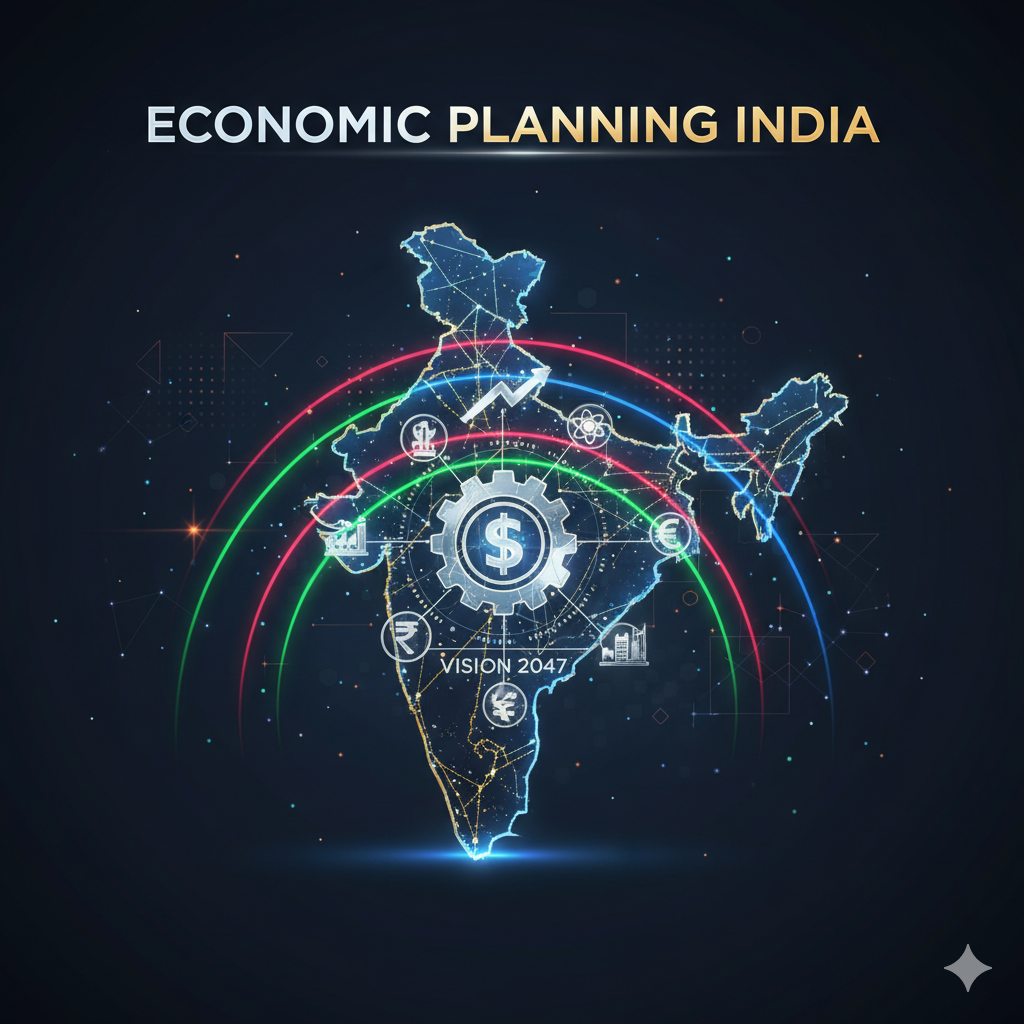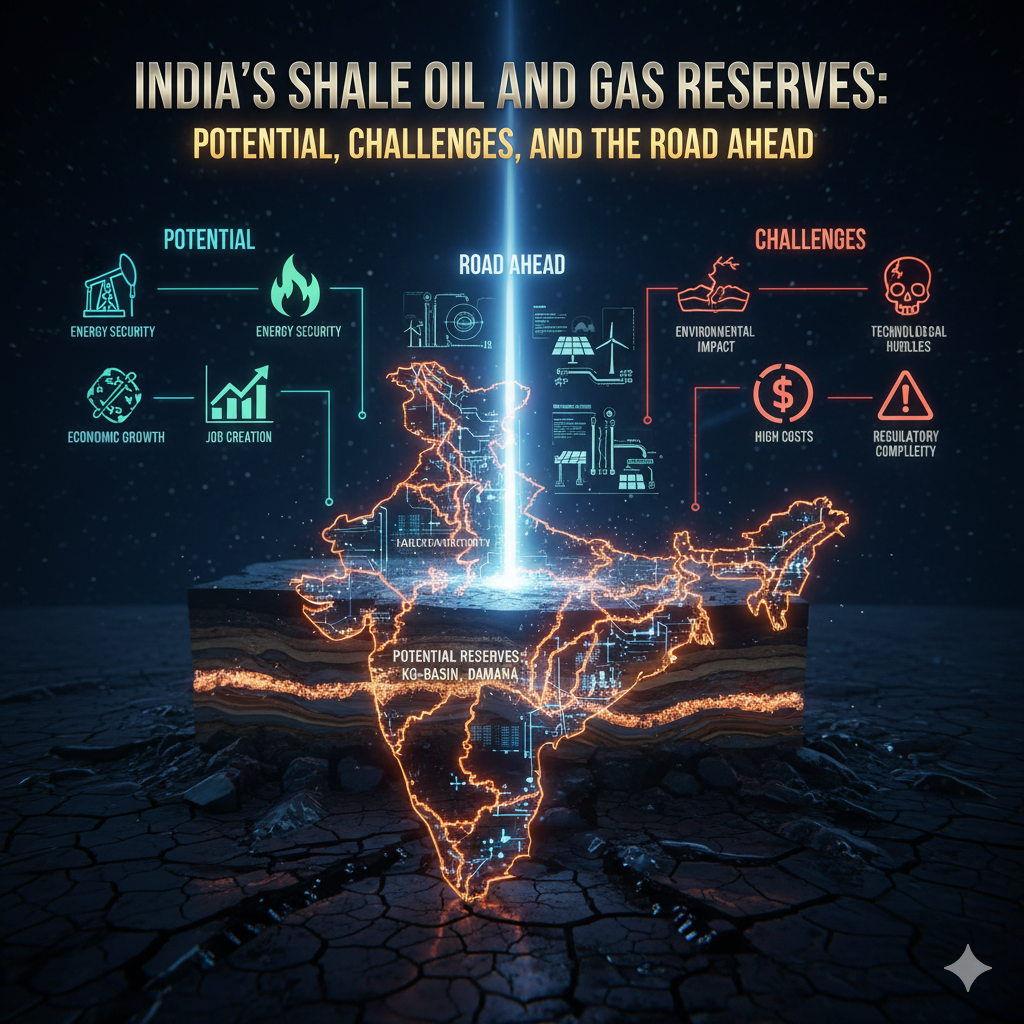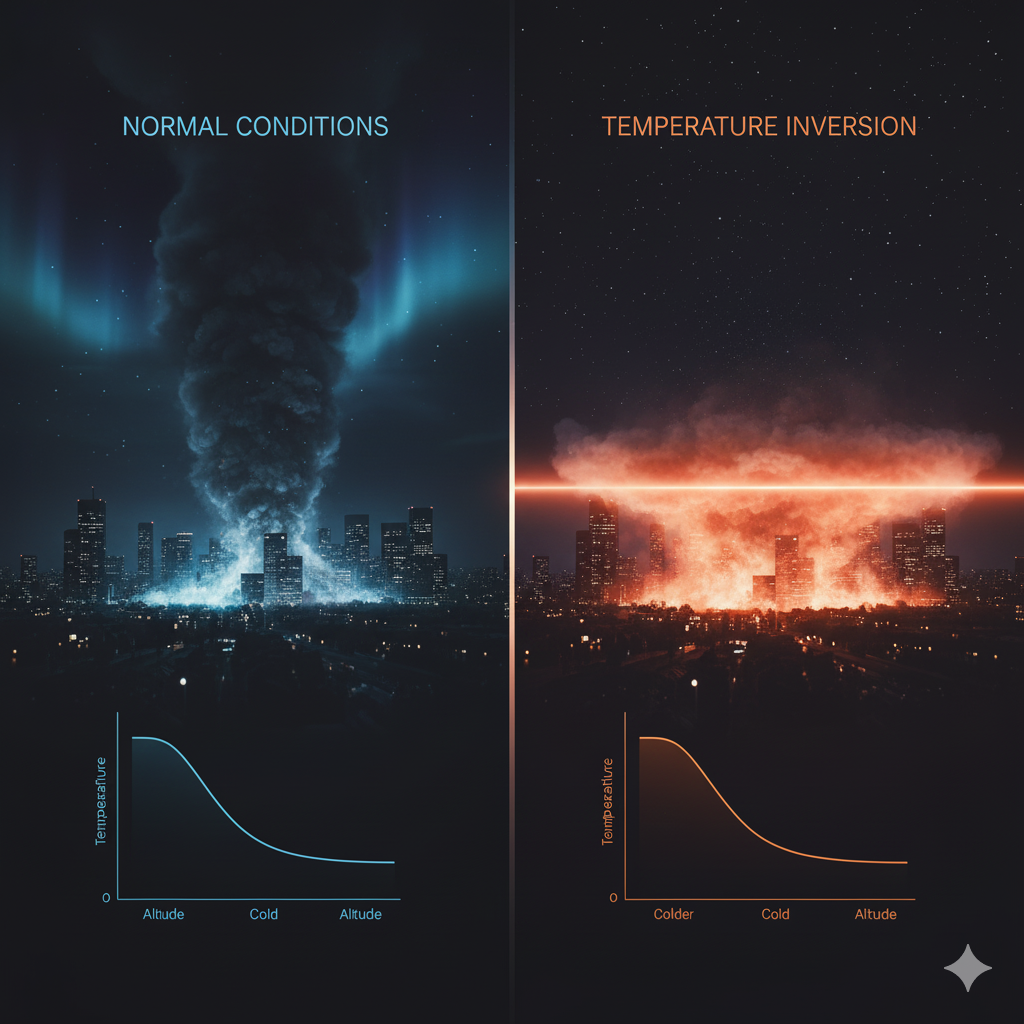Introduction
The Himalayas, often referred to as the “Third Pole,” are home to the largest concentration of glaciers outside the polar regions. These glaciers are vital for sustaining perennial rivers such as the Ganga, Yamuna, Indus, and Brahmaputra. However, in recent decades, the Himalayan glaciers have been retreating at an alarming rate, threatening not only regional ecosystems but also the water security of millions across India. This phenomenon—known as glacial retreat—has emerged as a critical concern for policymakers, environmentalists, and communities dependent on glacier-fed rivers.
This article examines the causes of glacial retreat in the Himalayas, explores its wide-ranging consequences, and emphasizes the urgent need for sustainable water resource management in India.
Understanding Glacial Retreat
Glacial retreat refers to the shrinking of glaciers due to a negative mass balance—when the amount of ice lost (through melting and sublimation) exceeds the amount gained (through snowfall). While glaciers naturally go through cycles of advance and retreat, the current pace and scale of retreat in the Himalayas are largely driven by human-induced climate change.
Causes of Himalayan Glacier Retreat
1. Climate Change and Global Warming
The primary cause of Himalayan glacier retreat is the rise in global temperatures. According to the International Centre for Integrated Mountain Development (ICIMOD), the region has warmed by about 0.3°C per decade since the 1950s—almost twice the global average.
- Temperature Rise: The higher temperatures lead to increased melting during summer and reduced snowfall during winter, reducing the accumulation of new glacial ice.
- Heatwave Events: Increasing frequency and intensity of heatwaves also accelerate surface melting.
2. Changes in Precipitation Patterns
Climate change has disrupted the Himalayan hydrological cycle, leading to:
- Reduced Snowfall: Less precipitation in the form of snow leads to insufficient glacier replenishment.
- Erratic Monsoons: The intrusion of monsoon rains into higher altitudes causes melting instead of accumulation.
3. Soot and Black Carbon Deposition
Pollution from industrial activities, vehicular emissions, and biomass burning leads to the deposition of black carbon on snow surfaces.
- Albedo Effect: The dark particles absorb more heat, reducing the reflectivity (albedo) of the snow and increasing melt rates.
- Source Regions: Indo-Gangetic Plain is a major contributor of airborne black carbon reaching the Himalayas.
4. Geomorphological Factors
The characteristics of individual glaciers such as slope, size, altitude, and debris cover also affect melting rates.
- Debris-Covered Glaciers: Some glaciers with thin debris melt faster, while thick debris may insulate ice.
- Low-Altitude Glaciers: Glaciers at lower altitudes are more vulnerable due to higher ambient temperatures.
5. Anthropogenic Activities
- Deforestation and unregulated tourism in ecologically sensitive areas further disturb the microclimate and contribute to warming.
- Hydropower projects, infrastructure development, and road construction alter local ecology and accelerate melting.
Notable Examples of Glacial Retreat
Gangotri Glacier (Uttarakhand)
One of the largest glaciers in the central Himalayas, the Gangotri Glacier has been retreating at an average rate of 22 meters per year between 2000 and 2010. Satellite imagery shows a consistent reduction in its length and volume over the past few decades.
Chorabari Glacier (Kedarnath)
The Kedarnath disaster in 2013 was linked to the melting of the Chorabari Glacier and the subsequent collapse of a glacial lake, causing devastating flash floods.
Pindari and Dokriani Glaciers
These glaciers in Uttarakhand are also retreating rapidly, as monitored by the Wadia Institute of Himalayan Geology, indicating a widespread phenomenon rather than isolated instances.
Consequences of Glacial Retreat on India’s Water Security
1. Disruption of River Flows
Himalayan glaciers feed India’s major rivers, ensuring year-round water supply. With glacial retreat:
- Initial Increase in Flow: In the short term, melting increases river discharge, leading to floods.
- Long-term Decline: As glaciers shrink, reduced meltwater will lower base flows in rivers during dry months, especially in lean season (April–June).
This threatens agriculture, drinking water supply, and industrial use, especially in the northern plains.
2. Threat to Agriculture and Food Security
Nearly 70% of Indian agriculture is rainfed or dependent on glacial-fed rivers. Changes in flow patterns can cause:
- Delayed irrigation
- Crop failure
- Reduced soil moisture
This is particularly risky for states like Punjab, Haryana, and Uttar Pradesh, the granary of India.
3. Increased Frequency of Glacial Lake Outburst Floods (GLOFs)
Glacial retreat leads to the formation of unstable glacial lakes. The moraine-dammed lakes can burst, triggering catastrophic floods downstream.
- Example: The 2021 Chamoli disaster in Uttarakhand caused massive loss of life and infrastructure due to a GLOF linked to the Nanda Devi glacier.
4. Hydropower Challenges
Many hydroelectric projects in the Himalayan states rely on consistent river flows. Reduced glacial contribution in the long term can:
- Affect power generation
- Disrupt energy planning
- Impact revenue for states like Himachal Pradesh and Sikkim
5. Water Conflicts
Scarcity of water resources may lead to inter-state and even international conflicts, especially in the Indus, Ganga, and Brahmaputra river basins, which are shared between India, Pakistan, China, and Bangladesh.
6. Ecological Imbalance
Changes in water availability affect wetlands, forests, and wildlife habitats, especially in fragile mountain and downstream ecosystems like the Sundarbans.
India’s Response and Mitigation Strategies
1. National Mission on Sustaining the Himalayan Ecosystem (NMSHE)
Launched under the National Action Plan on Climate Change (NAPCC), this mission aims to:
- Assess and monitor glacier health
- Promote conservation and sustainable development
- Strengthen local capacities
2. Glacier Monitoring and Research
Organizations like the Wadia Institute, ISRO, and IITs are engaged in:
- Remote sensing and ground-based glacier monitoring
- Mapping glacial lakes and GLOF risks
- Modelling future water scenarios
3. Early Warning Systems for GLOFs
- Installation of real-time monitoring systems
- Use of satellite data to predict glacial lake expansion
- Community awareness and evacuation plans in vulnerable areas
4. Promoting Water Use Efficiency
- Adoption of micro-irrigation, drip systems, and watershed development programs
- Reducing agricultural water use through crop diversification
5. Green Energy and Sustainable Tourism
- Transition to renewable energy in mountain states to reduce black carbon
- Promotion of eco-tourism to reduce the environmental footprint
6. Regional and International Cooperation
Given that many Himalayan glaciers span across borders, cooperation is essential. India’s engagement with ICIMOD, UNEP, and bilateral dialogues with China and Nepal are crucial for coordinated data sharing and conservation strategies.
The Way Forward: Adaptation and Resilience

1. Integrated River Basin Management
Managing water as a shared resource across sectors and states is vital to balance human and ecological needs.
2. Community-Led Conservation
Involving local communities in glacier monitoring, afforestation, and traditional water storage methods (like Zabo systems in Nagaland or Kuhl systems in Himachal Pradesh) builds resilience.
3. Strengthening Climate Education
Educating the youth, farmers, and local stakeholders about the impacts of glacial retreat can drive grassroots change.
4. Data Transparency and Open Access
Making scientific data accessible to planners, NGOs, and citizens encourages informed decision-making and accountability.
Conclusion
The retreat of Himalayan glaciers is a silent crisis with profound implications for India’s water, food, and energy security. While the phenomenon is global in cause, its impact is intensely local. The stakes are particularly high for India, where a billion lives depend on glacier-fed rivers. Tackling this challenge requires a multi-pronged approach involving scientific innovation, policy reform, community action, and regional cooperation.
Protecting the Himalayas is not merely about preserving scenic beauty—it is about securing the future of generations to come. Glaciers are the lifeblood of India’s rivers, and their protection must be at the heart of our national water and climate agenda.




